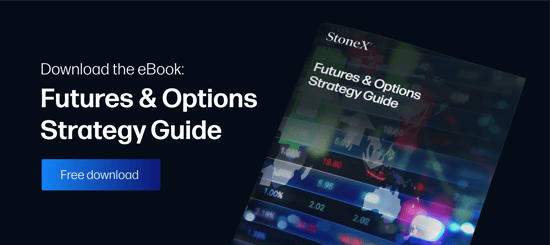Futures and Options Strategies
Using futures and options, whether separately or in combination, can offer countless trading opportunities.
The strategies in this guide are not intended to provide a complete guide to every possible trading strategy, but rather a starting point. Whether the contents will prove to be the best strategies and follow-up steps for you will depend on your knowledge of the market, your risk-carrying ability and your commodity trading objectives.
How to Use This Guide
Futures & Options Strategies Guide Overview
This publication was designed, not as a complete guide to every possible scenario, but rather as an easy-to-use manual that suggests possible trading strategies. One way to use it effectively is to follow these simple steps:
1. Determine Your Market Outlook.
Are you generally bullish, bearish, or undecided on future market moves?
2. Determine Your Volatility Outlook.
Do you feel that volatility will rise, fall, or are you undecided?
3. Look Up the Corresponding Strategy on the Appropriate Table.
Whether you are initiating a position or trying to follow up a current position, line up the correct row and column on the proper table to find a strategy that will help you make the most of your outlook.
4. Determine the “Best” Strike Price.
By analyzing your market and volatility outlook further you should be able to select the option strike that provides the best opportunity. The Guide does not go into detail on selecting the best strikes. You can do this by calculating a few “What-If” scenarios.
Additional Instructions
Some Things You Should Be Aware Of
-
In addition to breaking down market analysis into two main questions (“What is your market outlook?” and “What is your volatility outlook?”), you must also consider margin requirements, commission costs, taxes and execution costs, as well as other possible factors.
-
The follow-up strategies in this Guide are usually “One Trade” changes. In other words, we asked: “How can a trader transform a position into a more desirable position with just one trade?” We did, however, bend this rule a little when one trade produced no acceptable strategy.
-
Although you may be able to transform a trade with just one transaction, the resulting position can contain options at strikes that may or may not be appropriate for your new outlook.
-
The ratio spreads and ratio backspreads are strategies that do not fit neatly into one of the nine scenarios. Therefore, a trader MUST analyze these strategies in greater depth. The strikes chosen bear greatly on the resulting profit/loss. Do several “What-If” scenarios before using these strategies.
-
There are many other strategies, such as: calendar spreads, condors, Christmas trees, and option strips that are not addressed here. While they are all valid strategies, they do not fit neatly into this approach.
-
The suggested strategies on the following pages are just that – suggestions. Because of limited space, the strategies suggested may or may not the “best” ones for your trading plan.
How to Use The Tables
On the page in the links below are tables suggesting strategies to use when “Initiating a Market Position.” Let’s go through an example: A trader has been watching a major increase in the value of the S&P 500® futures contract and feels the market is poised for a minor downward move. A small market drop with volatility dropping and futures leveling off is this trader’s outlook.
The market scenario is bearish. The trader looks across the top of the page and finds “BEARISH.”
The volatility scenario is down. The trader looks down the left of the page and finds “VOLATILITY FALLING.”
The trader lines up the BEARISH column with the VOLATILITY FALLING row and finds two possible suggested market scenarios: Number 6, SHORT CALL, and Number 18, RATIO PUT SPREAD.
The trader now does a number of “What-If” scenarios to determine the best strike, the profit objective and loss tolerance before making any trading decisions.
Futures & Options Strategies Overview
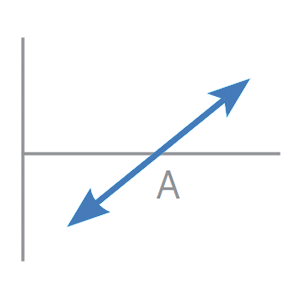
Long Futures
When you are bullish on the market and uncertain about volatility. You will not be affected by volatility changing. However, if you have an opinion on volatility and that opinion turns out to be correct, one of the other strategies may have greater profit potential and/or less risk.Turning visitors into leads.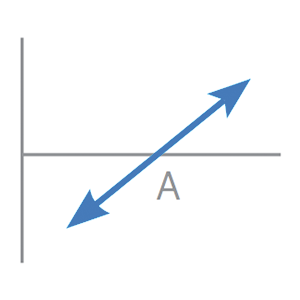
Long Synthetic Futures
When you are bullish on the market and uncertain about volatility. You will not be affected by volatility changing. However, if you have an opinion on volatility and that opinion turns out to be correct, one of the other strategies may have greater profit potential and/or less risk. May be traded into from initial long call or short put position to create a stronger bullish position.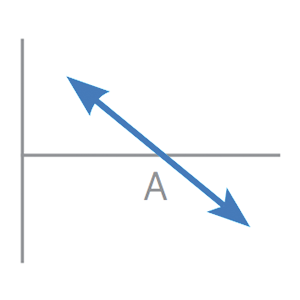
Short Synthetic Futures
When you are bearish on the market and uncertain about volatility. You will not be affected by volatility changing. However, if you have an opinion on volatility and that opinion turns out to be correct, one of the other strategies may have greater profit potential and/or less risk. May be traded into from initial short call or long put position to create a stronger bearish position.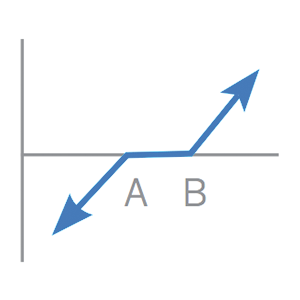
Long Risk Reversal
When you are bullish on the market and uncertain about volatility. Normally this position is initiated as a follow-up to another strategy. Its risk/reward is the same as a LONG FUTURES except that there is a flat area of little or no gain/loss.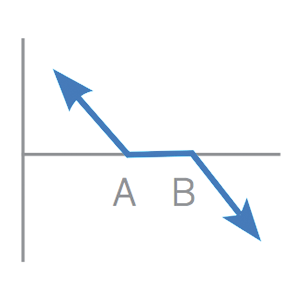
Short Risk Reversal
When you are bearish on the market and uncertain about volatility. Normally this position is initiated as a follow-up to another strategy. Its risk/reward is the same as a SHORT FUTURES except that there is a flat area of little or no gain/loss.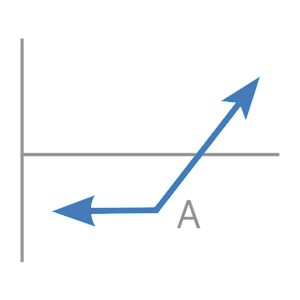
Long Call
When you are bullish to very bullish on the market. In general, the more out-of-the-money (higher strike) calls, the more bullish the strategy.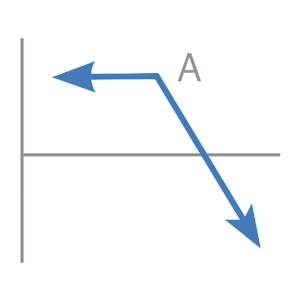
Short Call
When you are bearish on the market. Sell out- of-the-money (higher strike) puts if you are less confident the market will fall, sell at-the-money puts if you are confident the market will stagnate or fall.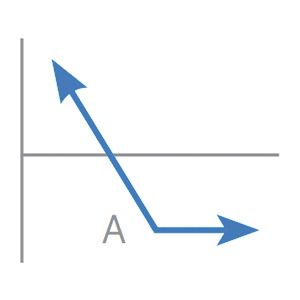
Long Put
When you are bearish to very bearish on the market. In general, the more out-of-the-money (lower strike) the put option strike price, the more bearish the strategy.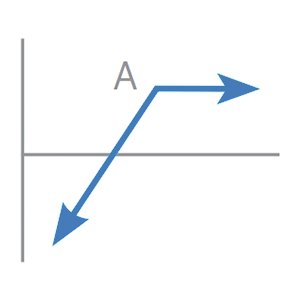
Short Put
If you firmly believe the market is not going down. Sell out-of-the-money (lower strike) options if you are only somewhat convinced, sell at-the-money options if you are very confident the market will stagnate or rise. If you doubt market will stagnate and are more bullish, sell in-the-money options for maximum profit.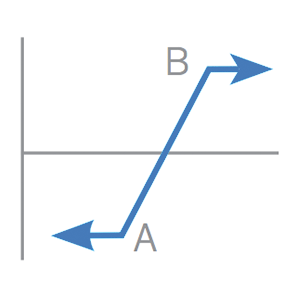
Bull Spread
If you think the market will go up, but with limited upside. Good position if you want to be in the market but are less confident of bullish expectations. You’re in good company. This is the most popular bullish trade.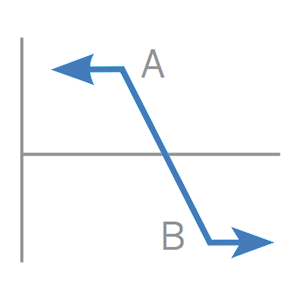
Bear Spread
If you think the market will go down, but with limited downside. Good position if you want to be in the market but are less confident of bearish expectations. The most popular position among bears because it may be entered as a conservative trade when uncertain about bearish stance.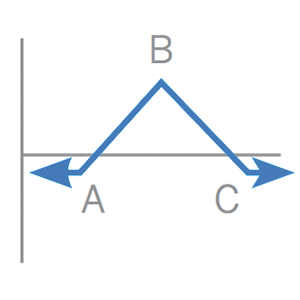
Long Butterfly
One of the few positions which may be entered advantageously in a long-term options series. Enter when, with one month or more to go, cost of the spread is 10 percent or less of B – A (20 percent if a strike exists between A and B). This is a rule of thumb; check theoretical values.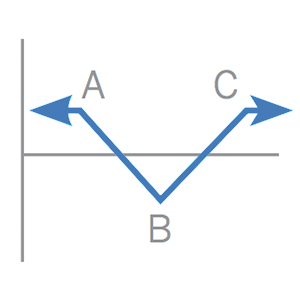
Short Butterfly
When the market is either below A or above C and position is overpriced with a month or so left. Or when only a few weeks are left, market is near B, and you expect an imminent move in either direction.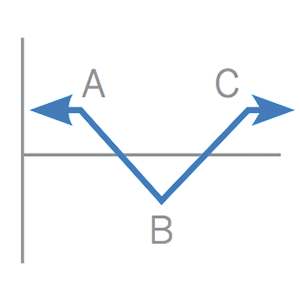
Long Iron Butterfly
When the market is either below A or above C and the position is underpriced with a month or so left. Or when only a few weeks are left, market is near B, and you expect an imminent breakout move in either direction.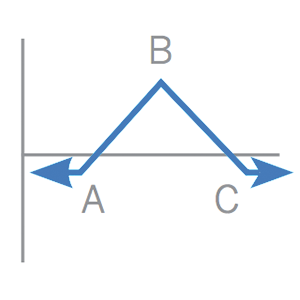
Short Iron Butterfly
Enter when the Short Iron Butterfly’s net credit is 80 percent or more of C – A, and you anticipate a prolonged period of relative price stability where the underlying will be near the mid-point of the C – A range close to expiration. This is a rule of thumb; check theoretical values.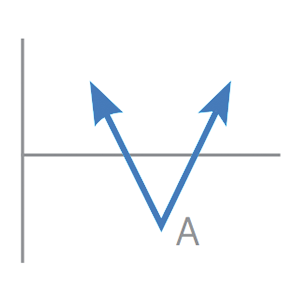
Long Straddle
If market is near A and you expect it to start moving but are not sure which way. Especially good position if market has been quiet, then starts to zigzag sharply, signaling potential eruption.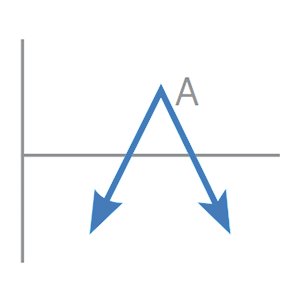
Short Straddle
If market is near A and you expect market is stagnating. Because you are short options, you reap profits as they decay — as long as market remains near A.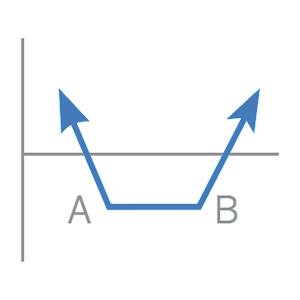
Long Strangle
If market is within or near (A-B) range and has been stagnant. If market explodes either way, you make money; if market continues to stagnate, you lose less than with a long straddle. Also useful if implied volatility is expected to increase.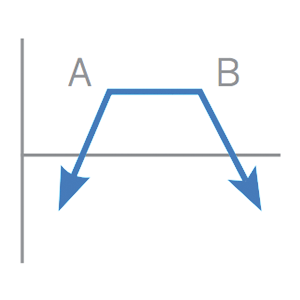
Short Strangle
If market is within or near (A-B) range and, though active, is quieting down. If market goes into stagnation, you make money; if it continues to be active, you have a bit less risk then with a short straddle.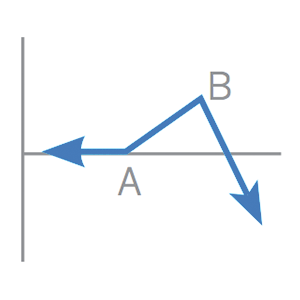
Ratio Call Spread
Usually entered when market is near A and user expects a slight to moderate rise in market but sees a potential for sell-off. One of the most common option spreads, seldom done more than 1:3 (two excess shorts) because of upside risk.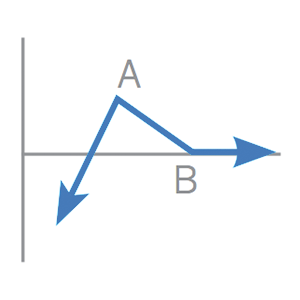
Ratio Put Spread
Usually entered when market is near B and you expect market to fall slightly to moderately, but see a potential for sharp rise. One of the most common option spreads, seldom done more than 1:3 (two excess shorts) because of downside risk.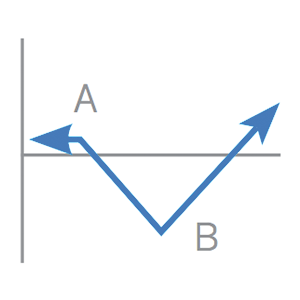
Ratio Call Backspread
Normally entered when market is near B and shows signs of increasing activity, with greater probability to upside.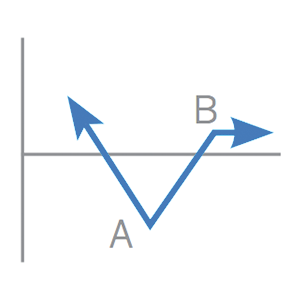
Ratio Put Backspread
Normally entered when market is near A and shows signs of increasing activity, with greater probability to downside (for example, if last major move was up, followed by stagnation).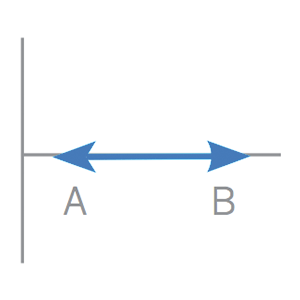
Box or Conversion
Occasionally, a market will get out of line enough to justify an initial entry into one of these positions. However, they are most commonly used to “lock” all or part of a portfolio by buying or selling to create the missing “legs” of the position. These are alternatives to closing out positions at possibly unfavorable prices.WHEN SELLING OPTIONS, YOU MAY LOSE MORE THAN THE FUNDS YOU INVESTED.

